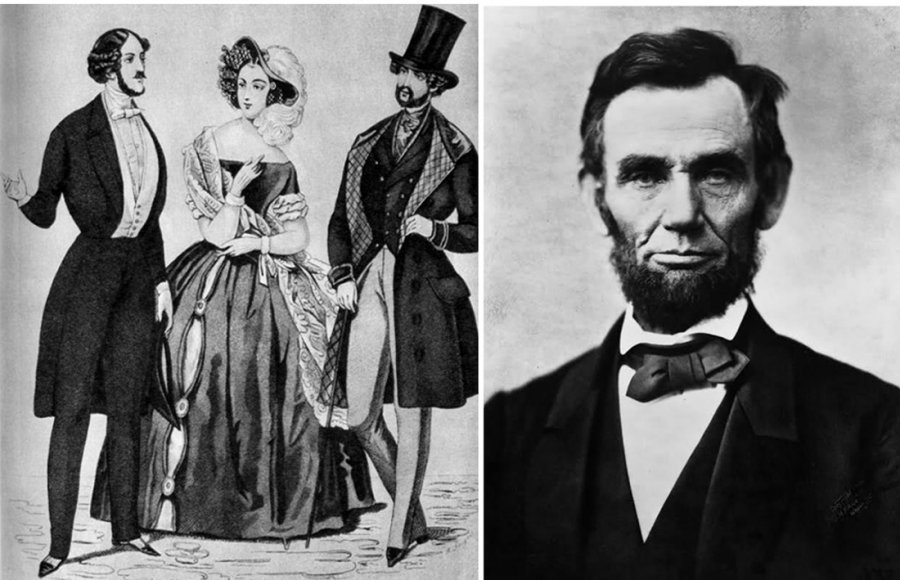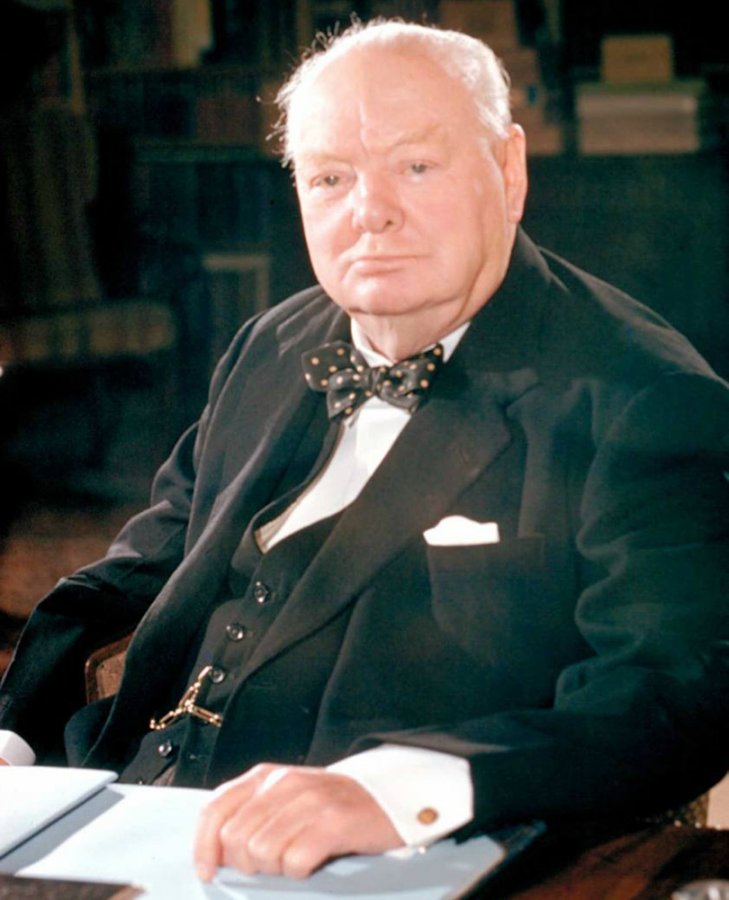Fashion history
The history of the bow tie
A bow tie is a type of versatile tie, both for men and women. The classic bow tie consists of a strip of fabric that is tied to form a symmetrical bow.
This tie is worn by people who climbed to the very top of the social ladder and, at the same time, people who are at the very bottom. A bow tie can be an adornment of an aristocrat or a politician, and at the same time a bow tie is worn by footmen, due to which incidents sometimes happened when an important person was mistaken for a footman.
When did the first bow ties appear?
It is difficult to establish exactly when the bow tie first appeared, but if you look into history and study the heritage that our ancestors left us, you can see that the prototype of the bow tie appeared in the 3rd century BC in China, during the reign of the first emperor of the dynasty Qin.
The ambitious emperor ordered the production of more than 8,000 terracotta warriors who were to go with him to the afterlife. In addition to the classic armor, some of the warriors wore neckerchiefs tied in the shape of a butterfly. A similar invention was popular in Rome - in the II century BC, the Roman army tied scarves around the neck.
Only in those ancient times, a scarf was tied around the neck not for beauty, but in order not to catch a cold and to protect from wind and dust.
And his life in the role of decoration of a bow tie began in the second half of the 16th century. Fashionista with a tragic fate, Maria Stewart, brought into fashion a collar, like a peacock's tail, wrapping around the neck. Behind him appeared a "millstone" - a gigantic-sized lace frill on a corset.
It is not surprising that the French, concerned about decorating their clothes during the Prussian War, drew attention to the great idea of the Croatian mercenaries - so that the sides of the shirt did not open, they tied a scarf immediately under the turn-down shirt collar and skillfully twisted it in the shape of a butterfly. Since the invention was not French, he was nicknamed not by some beautiful word, but in simple terms - "Kravat" - which means Croat from French. Today in France and Great Britain any tie is called "Kravat" (English Сravat, FR. Сravate).
A little more time passed, and King Louis XIV ascended to the French throne. In 1661, he created a tie workshop at the court, which sewed exquisite neck jewelry for the king and his entourage, tied in the shape of the most bizarre butterflies.
10 years later, women began to wear the butterfly, the Duchess of Lavaye was first seen, and many, many years later, in the butterfly could be seen Marlene Dietrich.
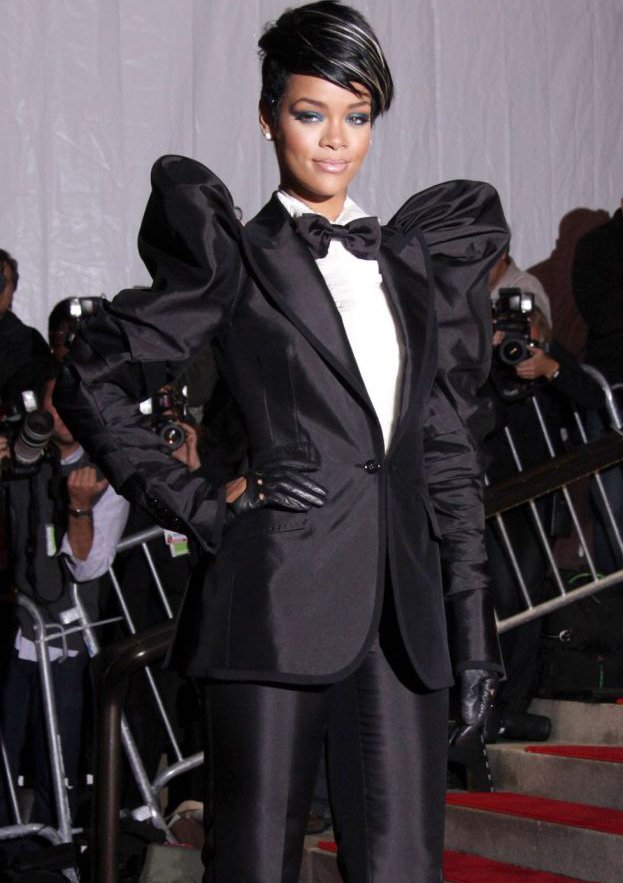
The modern look of the bow tie
It is not known exactly when the name "butterfly" was born, but it was mentioned in Italy at the very beginning of the 19th century, but it is generally accepted that the name of the tie was given by the French.
Butterflies acquired their modern look after the staging of the legendary opera by G. Puccini "Madame Butterfly" or "Chio-cio-san" - all orchestral musicians wore just such a tie. From that moment on, the butterfly became firmly in fashion, it became customary to wear a monochromatic bow tie with a tuxedo or tailcoat.
This is such a big story about the bow tie, and despite the fact that today many people will never wear a bow tie in their lives, this tie still has a long life. After all, a butterfly is a classic thing, and it is these things that become the subject of experiments for designers who strive to contribute to the history of fashion ...
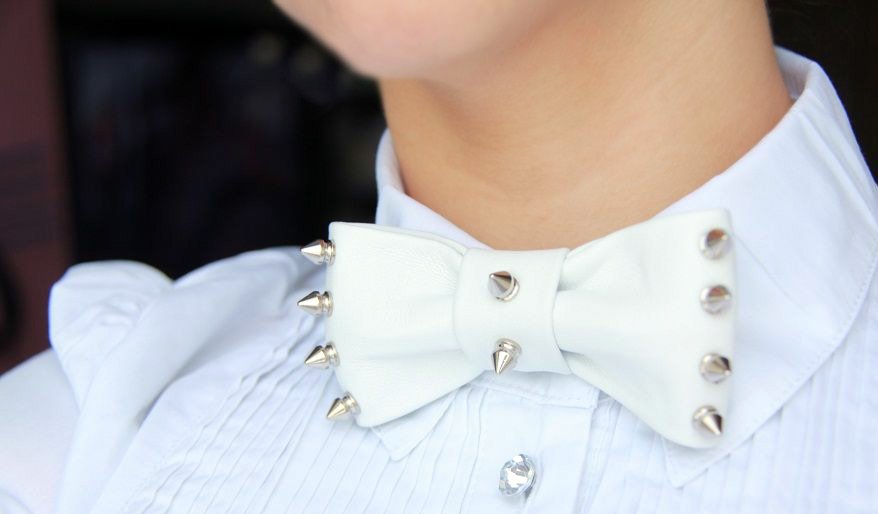
Comments and Reviews
Add a comment
Similar materials
 Women's tie: how to wear stylishly and what to combine
Women's tie: how to wear stylishly and what to combine
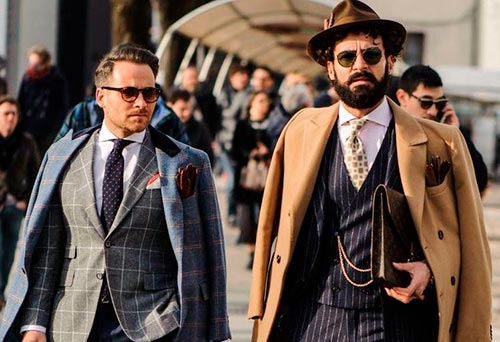 Rules for the selection of a men's suit and accessories
Rules for the selection of a men's suit and accessories
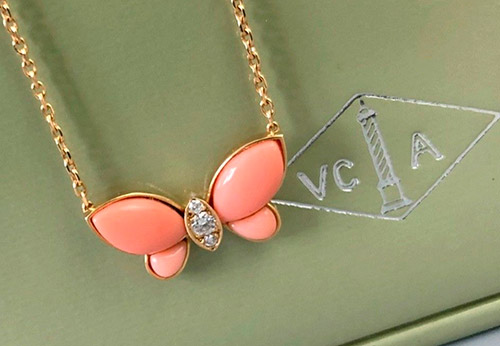 The most expensive Van Cleef butterflies for the summer
The most expensive Van Cleef butterflies for the summer
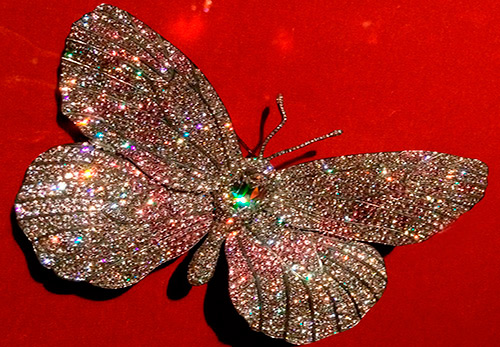 Fashionable jewelry and accessories in the form of butterflies
Fashionable jewelry and accessories in the form of butterflies
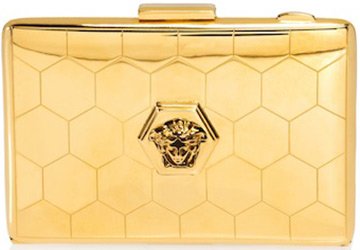 Versace and the Haas Brothers
Versace and the Haas Brothers
 Butterfly prints on dresses and accessories
Butterfly prints on dresses and accessories
Rating news
Shades of clothing that make women look younger
What shades of hair make women younger: rules and photos
Funny wedding dresses - photos and ideas
12 most expensive down jackets for the winter
How to look 25 at 40: tips from supermodels
Beautiful schoolgirls
Anti-aging haircuts and hairstyles for women
Fashionable skirts for autumn and winter
Fashionable women's trousers for the cold season
Fashionable and stylish sandals for summer 2024
Spring-summer 2024
 Fashionable dresses and tops with thin spaghetti straps
Fashionable dresses and tops with thin spaghetti straps
 Bandana tops: how to wear stylishly and beautifully
Bandana tops: how to wear stylishly and beautifully
 How to put together the perfect men's wardrobe for the summer
How to put together the perfect men's wardrobe for the summer
 Trendy shorts for spring-summer 2024
Trendy shorts for spring-summer 2024
 Fashionable skirts for spring-summer 2024: a guide to online shopping
Fashionable skirts for spring-summer 2024: a guide to online shopping
 The most fashionable dresses spring-summer 2024: styles and colors
The most fashionable dresses spring-summer 2024: styles and colors
 Fashionable total look 2024: image ideas and trends
Fashionable total look 2024: image ideas and trends
